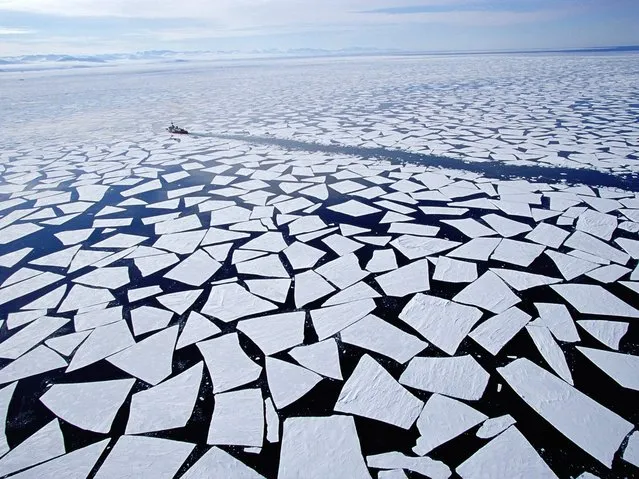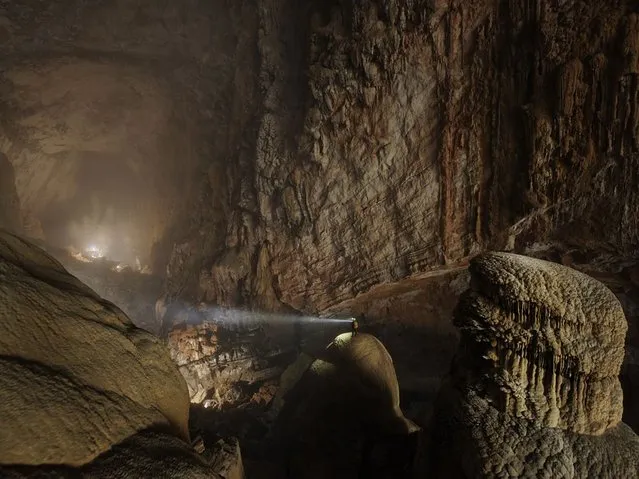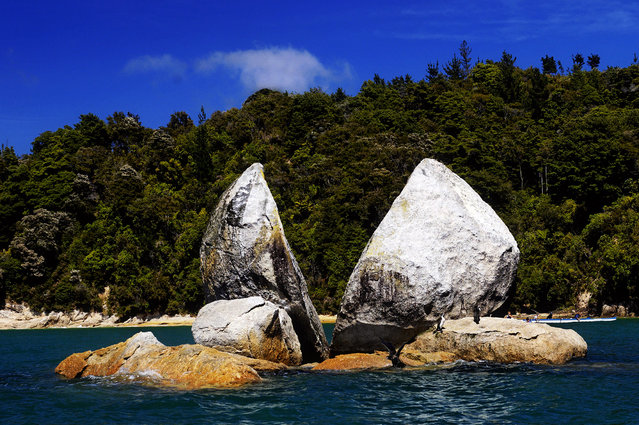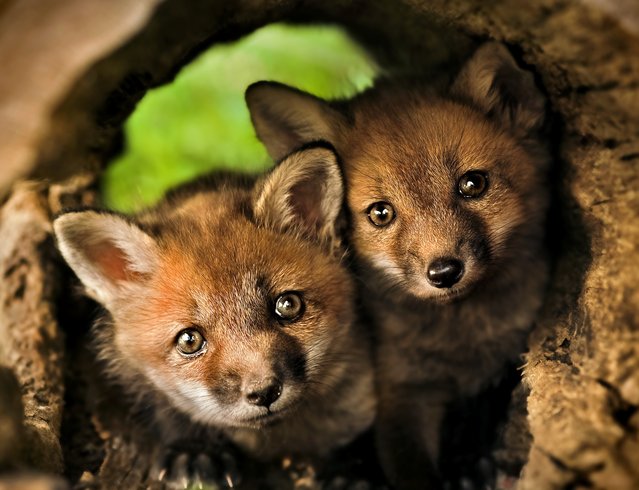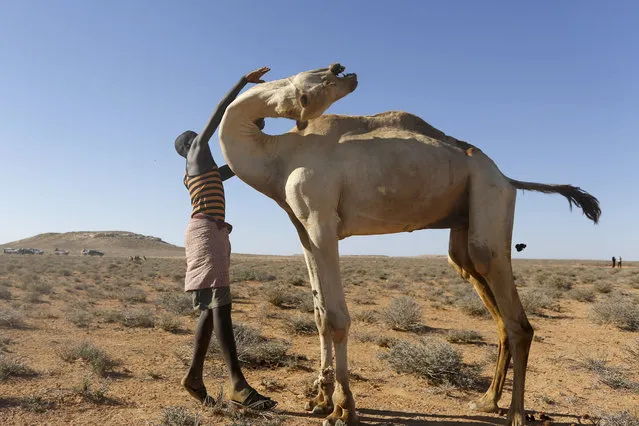
Photographer and former dancer Jesús Chapa-Malacara, head of art production company fotosjcm, announces the launch of Esprit de Corps, an innovative book of ballet photography unlike any seen before. The high-end art book, currently being independently financed and offered exclusively through a Kickstarter campaign, will feature world-class dancers from top ballet companies, including Michaela DePrince of Dutch National Ballet, Jared Matthews and Yuriko Kajiya of American Ballet Theatre, among others.
03 Aug 2013 08:44:00,post received
0 comments

